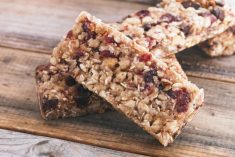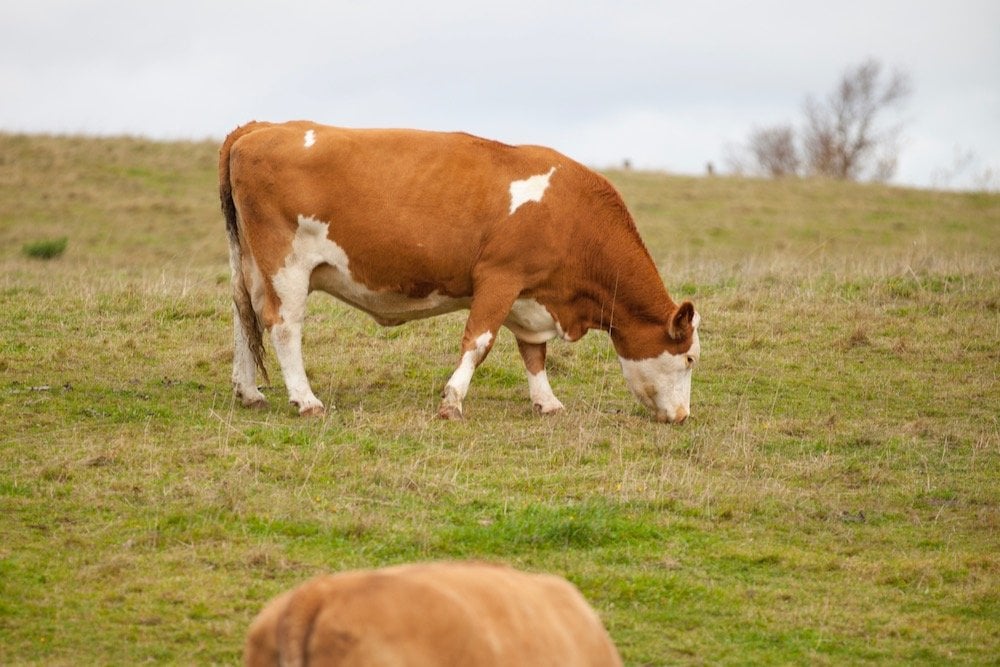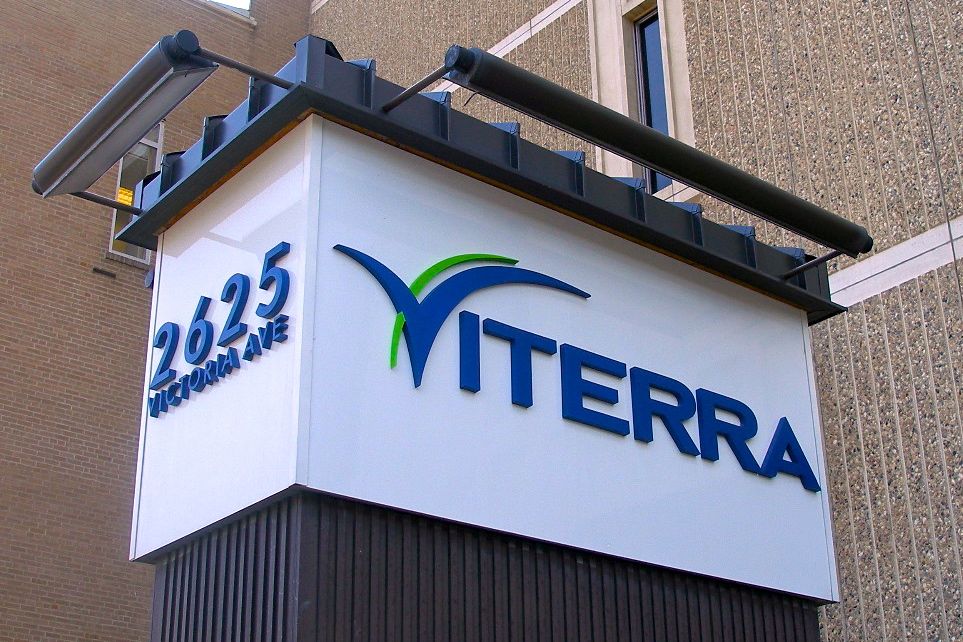The maker of Cheerios cereal is pulling a controversial “gluten-free” claim from the product’s Canadian packaging starting in 2018, over what it says is a lack of a “consistent” testing protocol for oat products.
General Mills announced last week it will remove the “gluten-free” claim from Cheerios sold in Canada starting in January, though it said its products still comply with gluten-free standards in both Canada and the U.S.
“Each serving of Cheerios products in Canada are gluten free, as defined by the current regulatory standard of containing less than 20 (parts per million) of gluten,” the company said on its website.
Read Also

Dryness poised to threaten Saskatchewan crops
Crops in Saskatchewan are developing in opposite directions, the province’s latest crop report said. Growing conditions in the province vary, with some areas receiving enough rain while other locations are experiencing crop stress due to hot, dry conditions.
The company said it will “voluntarily remove the gluten-free label from our Cheerios products in Canada until Health Canada and the Canadian Food Inspection Agency (CFIA) publish a consistent testing protocol for products containing oats.”
The company emphasized its product is not changing, “just the label on the box,” and that it plans to again label Cheerios products in Canada as gluten-free “once consensus is reached on a consistent testing protocol.”
The Canadian Celiac Association, which represents people with celiac disease — a medical condition in which exposure to gluten can damage the absorptive surface of the small intestine — on Thursday hailed General Mills’ decision.
However, the CCA noted, it has “objected” to General Mills’ gluten-free claim for Cheerios since August last year — and has since “strongly recommended” that people with celiac disease not consume Cheerios products.
“Based on the advice of the members of our professional advisory council (PAC) and other professionals working in the field, we believe that there is not adequate evidence to support the current gluten-free claim,” CCA executive director Melissa Secord said in a release.
The CCA noted it has received a grant from Agriculture and Agri-food Canada to examine the scope of gluten contamination in oats, pulses and other grains grown in Canada.
The association said its study also aims to determine where such contamination occurs as grains are processed, such as in the field, at harvest, in transport or in processing. The CCA said it expects that project to be completed in March.
In regular commercial oats, cross-contamination with gluten-containing grains “can occur at any point in the production chain, as they are typically grown, harvested, transported, stored, milled or packaged in close proximity with other cereal grains, under practices accepted by Canadian regulations,” according to Agriculture and Agri-food Canada.
Another concern, AAFC said, has been that the avenin protein in oats is believed to trigger a similar reaction in some people’s small intestines as from wheat, rye and barley.
“Pure” oats, produced from dedicated fields and equipment, have been developed in Canada, under controlled conditions to eliminate cross-contamination with other cereal grains, the department said, but Canadian regulations do not distinguish between regular and “pure” oats.
The department cites the CCA as indicating adults with celiac disease can safely consume half to three-quarters of a cup of pure dry rolled oats per day, and that children can consume one-quarter cup (20 to 25 grams) per day.
However, AAFC said, oats “should only be introduced when celiac disease is well controlled, and with supervision from a health care professional.”
In its document on gluten-free claims, AAFC said Health Canada “recognizes the need to develop clear standards for pure oats and products that contain them, along with clear labelling to signal the presence of oats to protect those who are intolerant to pure oats.”
As an interim measure, AAFC said, products containing “pure” oats can bear the label “wheat, rye and barley free.”
In the U.S., any foods that come in under 20 ppm for gluten are eligible to carry a gluten-free claim, including “inherently gluten-free foods.” U.S. regulations do not define oats as a gluten-containing grain.
In Canada, however, oats are on the list of gluten-containing grains and the term “gluten-free” is not permitted on packaged food products containing oats. — AGCanada.com Network
















